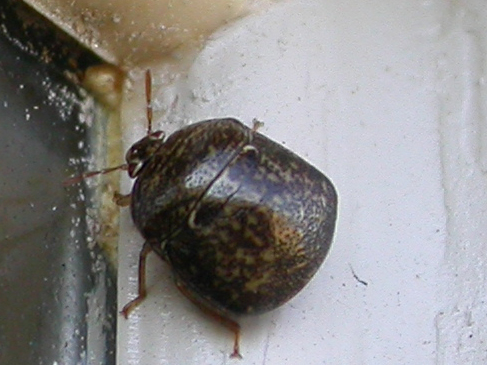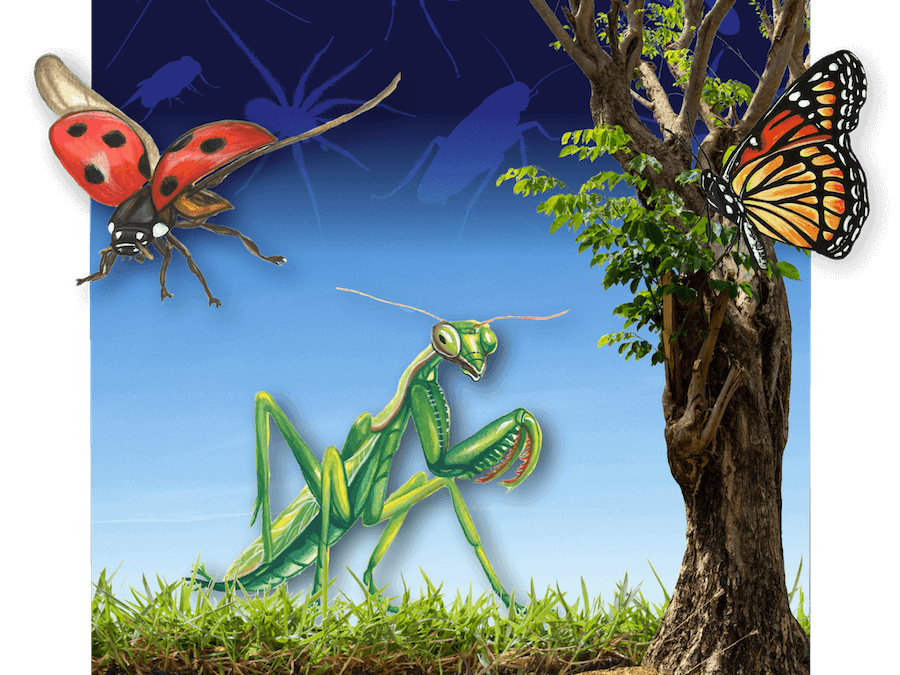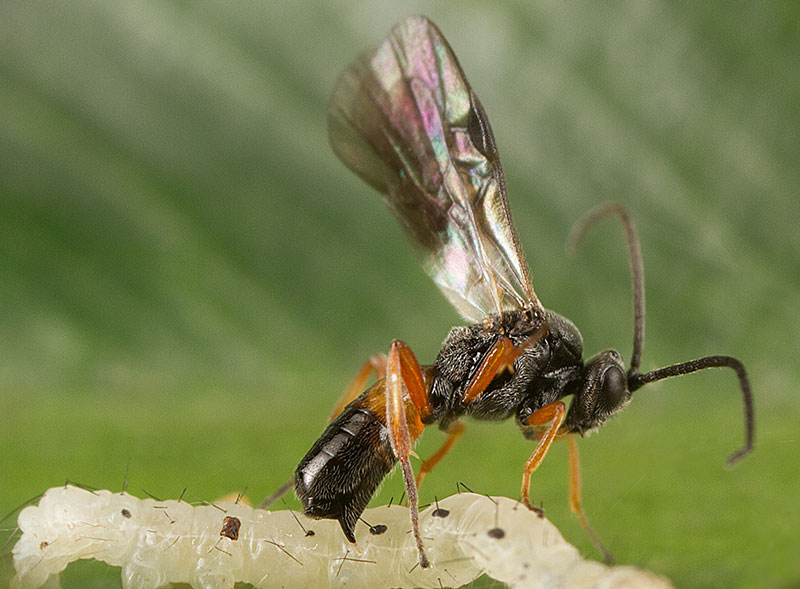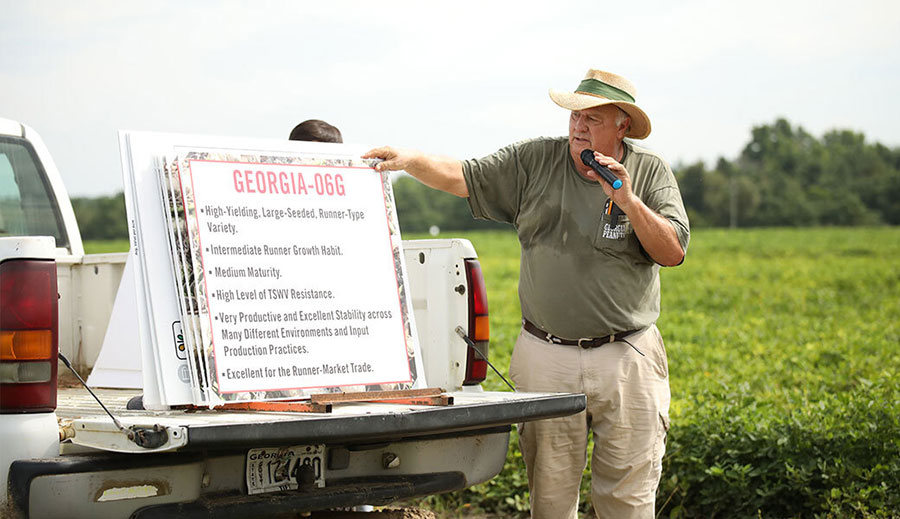Just shy of a year from when it was first spotted in northeast Georgia, the insect now commonly called the “kudzu bug” continues to mystify homeowners and agricultural researchers.
A native of India and China, the bean plataspid (Megacopta cribraria) is pea-sized and brown with a broad posterior.
A legume-eater, its favorite menu items include both the famous weed kudzu and soybeans, a crop grown in Georgia for its oil.
Overwinters around homes
Also commonly called lablab bug and globular stink bug, the newcomer releases a chemical - similar to the stink bug - when threatened. As kudzu is killed by fall frost, it may soon overwinter in droves around homes, something the more-common Asian lady beetle does.
“The difference is the bean plataspid is far more numerous than the lady bug,” said Wayne Gardner, an entomologist with the University of Georgia College of Agricultural and Environmental Sciences.
It likes to congregate on the sides of light-colored homes and vehicles, Gardner said. This time of year, the insects are most active in the afternoon when it’s warm. Homeowners who live near kudzu patches can expect to see the kudzu bug as the weather turns cooler.
Spreading across the South
Gardner is one of a team of CAES scientists working to identify the insect’s habits (other than munching on kudzu) and determine whether it will wreak havoc on Georgia’s soybean crop.
Last fall, the bug was reported in Barrow, Clarke, Greene, Gwinnett, Hall, Jackson, Oconee and Walton counties. It can now be found in 68 counties as far south as Dooly County. “We expect to see it in additional counties this year before winter temperatures stop its spread for this growing season,” Gardner said.
He’s also seen the pest in the Carolinas and expects it to arrive in Alabama and Tennessee soon.
UGA entomologist Dan Suiter believes the bug arrived here by accident.
“We do have the world’s busiest airport here (in Georgia), but we’ll never know how the bug first got here,” Suiter said. “When it found kudzu here, it found a food source, and it doesn’t have any natural enemies here that we are aware of.”
It’s an “invasive species feeding on an invasive species,” he said.
Studying its habits, biology
On the UGA campus in Griffin, Ga., Gardner and his staff are collecting bugs from various sites across the state and raising them in small plastic arenas containing kudzu leaves.
“In our labs, we’re trying to determine if they die from anything naturally,” Gardner said.
Introduced to the U.S. in 1876 from Japan, kudzu was planted in the 1930s to control soil erosion. It now tops the nation’s invasive species list. The researchers have no idea what the insect’s long-term impact on kudzu will be.
“It eats kudzu, which is good. But it also stinks and gets on homes, which is bad,” Gardner said. “And the ominous threat is that it eats soybeans and other legume crops.”
How and whether to control
In India and China, manually removing them is the most common way to control kudzu bugs. UGA scientists also want to determine how to control the pest around homes and whether or not to control it on agricultural crops.
“In soybeans right now, they are there in very high numbers in some locations,” said Phillip Roberts, a CAES entomologist studying the bug’s effect on agriculture.
Roberts has studies in fields to determine whether it’s more economical to treat the pest or leave fields untreated.
“It’s a true bug, but with needle-like mouthparts,” he said. “It feeds on stems, sap, leaves and petioles. The one observation we have made is it does not appear to feed on the developing pods, thank goodness.”
Each year, Georgia farmers plant about 350,000 acres of soybeans, which are primarily crushed for the cooking oil. Livestock animals are fed the leftover meal.








